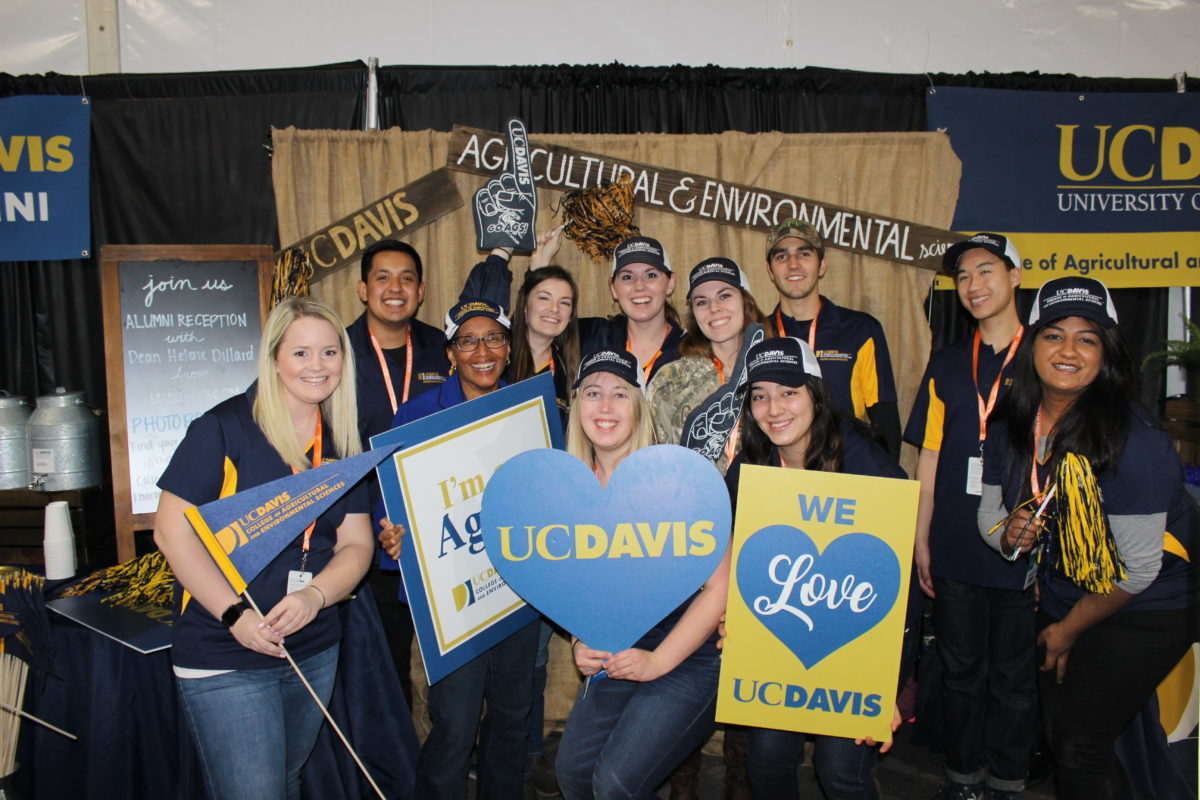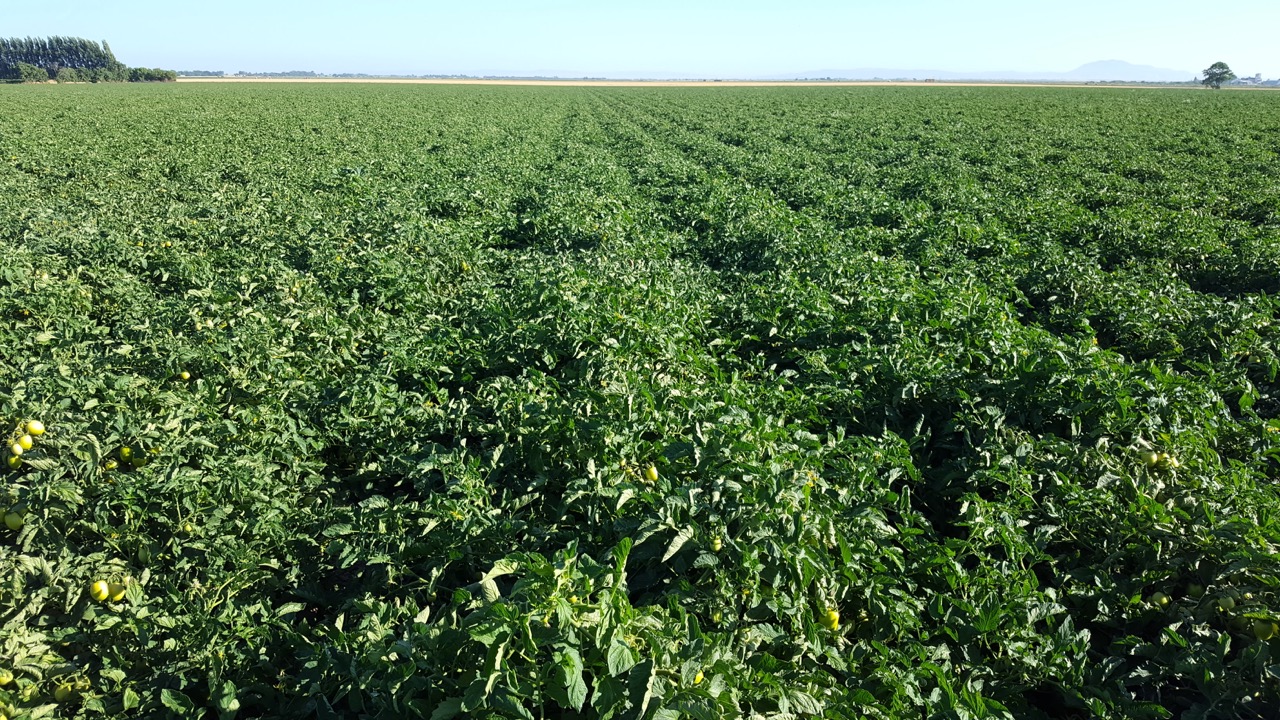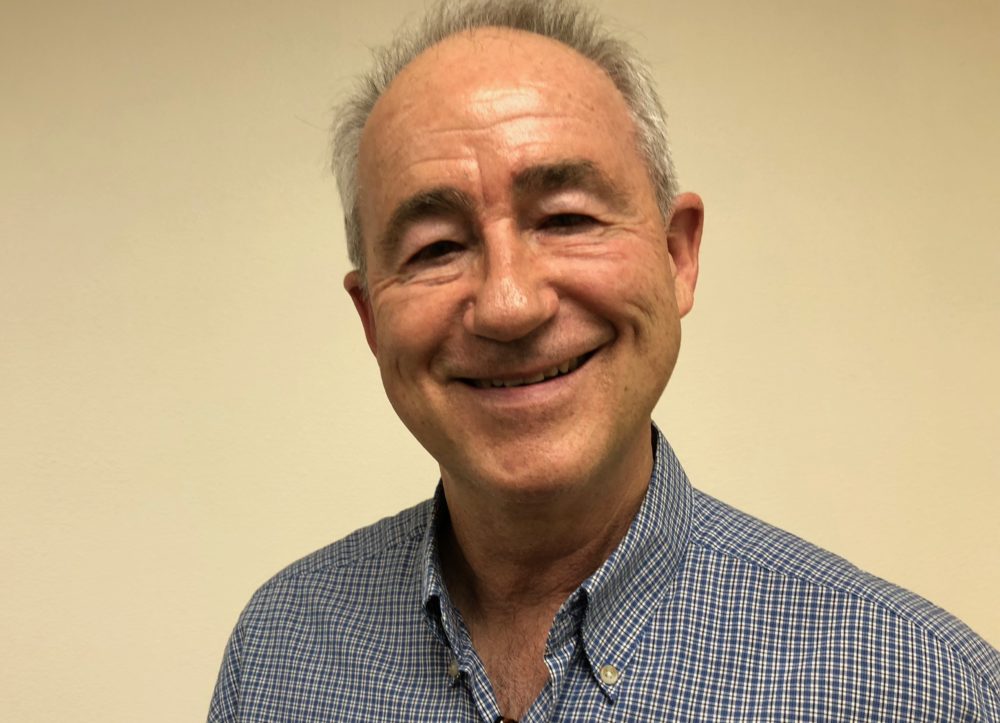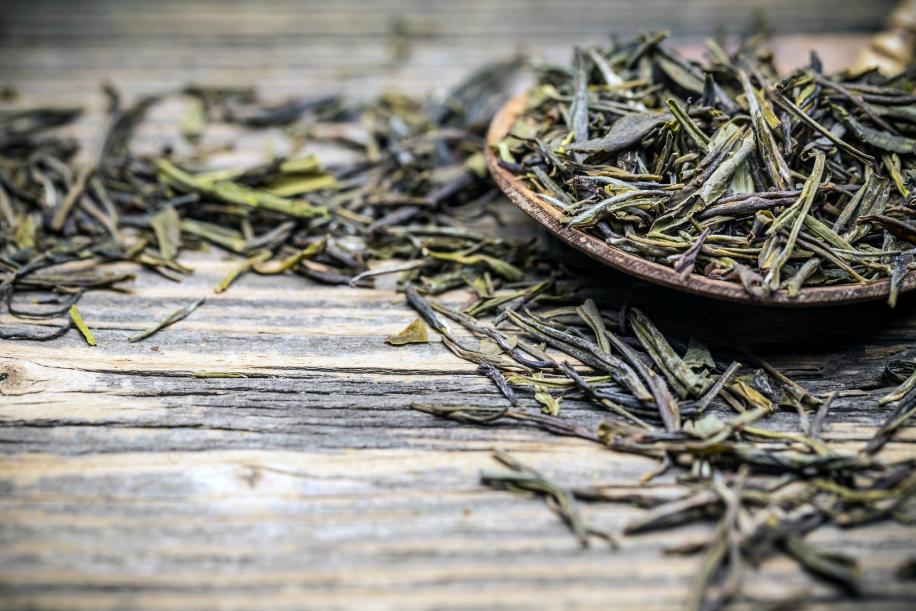UC Davis Will be at World Ag Expo!
Associate Dean Oberbauer to join UC Davis agricultural experts at World Ag Expo
(Pictured are UC Davis Aggie Ambassadors, who will on hand to greet expo-goers.)
Associate Dean Anita Oberbauer with the UC Davis College of Agricultural and Environmental Sciences will gather with fellow scientists, staff and students at the World Ag Expo in Tulare, February 11-13, to chat with farmers, prospective students, alumni and leaders throughout the agricultural industry.
More than 100,000 people are expected to attend the 53rd annual event, where 1,400 exhibitors display cutting-edge agricultural technology and equipment over a massive 2.6 million square feet of show grounds.
“I’m delighted to take part in this incredible agricultural exhibition,” said Oberbauer, who is associate dean of agricultural sciences for the college and a professor in animal science. “I look forward to discussing the college’s latest development in agricultural research, meeting prospective students and reconnecting with alumni and friends from the Central Valley and beyond.”
Professor Oberbauer will be at the UC Davis booth—located in the Ag Career and Education Center—from 11 a.m. to 1 p.m. on Thursday, Feb. 13. She will be joined by Christopher Glick, associate dean for development and external relations, who will attend the expo all three days. The UC Davis booth has been expanded this year to provide extra space for alumni and others to gather.
Throughout the event, various college experts in livestock, nutrition, plant pathology, engineering, economics and more will be available to discuss agricultural issues and visit with attendees. Aggie Ambassadors and undergraduate student advisors will be on hand to answer questions about UC Davis majors and campus life.
“Prospective students can learn about our majors and the career paths they provide,” said Sue Ebeler, associate dean of undergraduate academic programs and professor in viticulture and enology. Ebeler will be at the UC Davis booth on Feb. 13.
In addition to Associate Deans Oberbauer, Glick and Ebeler, college experts attending the expo include:
- Deanne Meyer, Cooperative Extension specialist in livestock waste management, who will be available all days
- Rachael Goodhue, department chair and professor in agricultural and resource economics, who will be available Feb. 11
- Florent Trouillas, assistant Cooperative Extension specialist in plant pathology, who will be at the expo Feb. 11
- Farzaneh Khorsandi, assistant Cooperative Extension specialist in biological and agricultural engineering, will be available Feb. 11 and Feb. 12
- Gerado Mackenzi, associate professor of nutrition, will be available Feb. 12
- Patricia Oteiza, nutrition professor, will be available on Feb. 12.
UC Davis is ranked first in the nation for agriculture, plant sciences, animal science and agricultural economics. The College of Agricultural and Environmental Sciences enrolled more than 2,000 new students in the fall of 2019, many of them from California’s Central Valley. The college offers 28 majors—everything from agriculture to nutrition to global disease biology.
“The World Ag Expo is an incredible event,” Ebeler said. “We get to meet with leaders from around the world, as well as with the passionate young people who are the future of agriculture.”






















